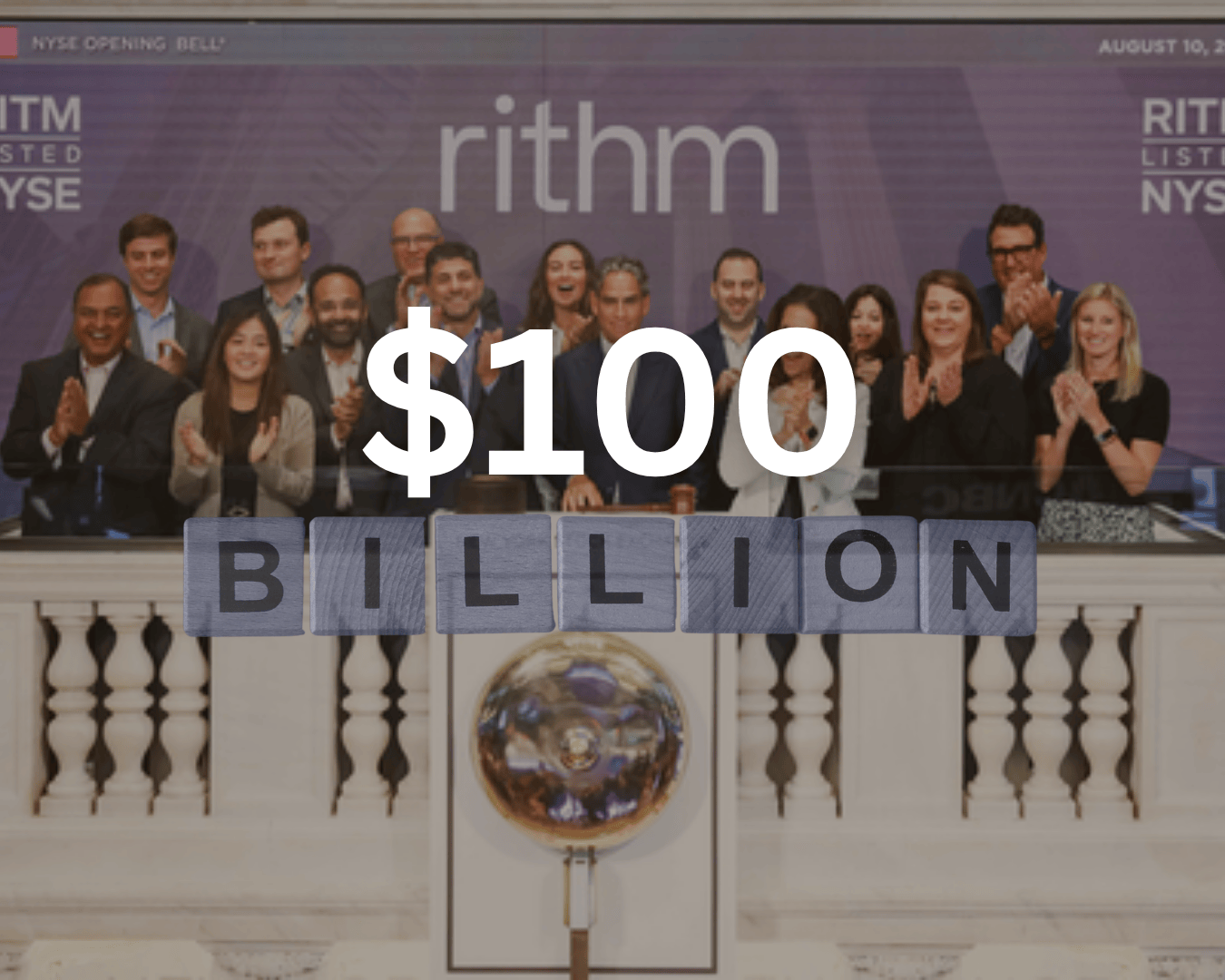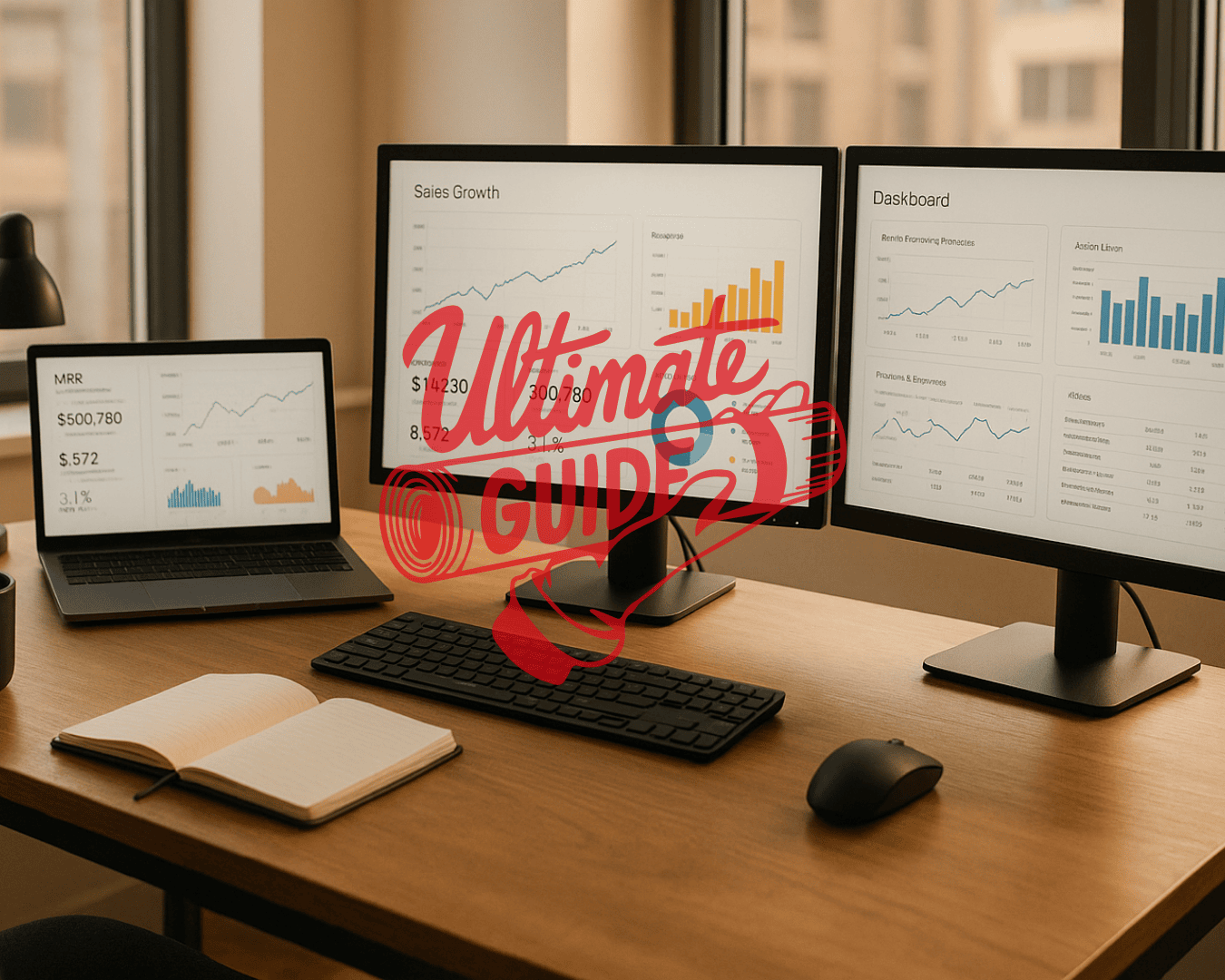When buying a small business, understanding the market size is critical. It helps you evaluate potential growth, set fair pricing, and make informed decisions. This involves analyzing three key metrics:
- TAM (Total Addressable Market): The total revenue possible if you captured 100% of the market.
- SAM (Serviceable Available Market): The portion of TAM your business can realistically serve.
- SOM (Serviceable Obtainable Market): The share of SAM you can realistically capture after considering competition.
Two methods to calculate market size are:
- Top-Down: Start with broad industry data and narrow it to your target segment.
- Bottom-Up: Focus on customer-level data to build more precise estimates.
Use verified data sources, AI tools, and regular updates to refine your analysis. This ensures you're making well-informed decisions about acquisitions in growing or stable markets.
Calculating Your Product Market Potential Exercise - TAM SAM SOM
Understanding TAM, SAM, and SOM Frameworks
Let’s break down TAM, SAM, and SOM to see how they work together to highlight market opportunities.
TAM: Total Addressable Market
TAM, or Total Addressable Market, shows the total revenue a business could achieve if it captured 100% of the market share. Essentially, it’s the upper limit of market potential. The formula is straightforward:
TAM = (Total Number of Potential Customers) × (Average Annual Revenue per Customer)
For instance, if an e-commerce platform has 10 million potential customers, each spending $500 annually, the TAM would be:
10,000,000 × $500 = $5 billion
TAM gives you a big-picture view of your market, helping you understand whether you’re targeting a niche segment or a massive opportunity.
SAM: Serviceable Available Market
SAM refines TAM by focusing on the portion of the market your business can realistically serve. It factors in constraints like geography, demographics, or operational capabilities. The formula looks like this:
SAM = (Total Number of Potential Customers) × (Percentage of Customers You Can Serve) × (Average Annual Revenue per Customer)
Take a software company with 1 million potential customers. If it can serve only 10% due to geographic or industry limitations and each customer generates $1,000 annually, the SAM would be:
1,000,000 × 0.1 × $1,000 = $100 million
SAM helps businesses zero in on the specific segments they can actively target and serve.
SOM: Serviceable Obtainable Market
SOM narrows it even further, representing the portion of SAM a business can realistically capture after considering competition and market dynamics. Here’s the formula:
SOM = (Total Number of Potential Customers) × (Percentage of Customers You Can Serve) × (Percentage of Market You Can Capture) × (Average Annual Revenue per Customer)
For example, imagine a food delivery service with 1 million potential customers. If it can reach 20% of them based on its delivery radius but realistically capture only 5% due to competition, and each customer spends $1,000 annually, the SOM would be:
1,000,000 × 0.2 × 0.05 × $1,000 = $10 million
SOM provides realistic revenue targets, which are essential for business valuation and growth planning.
By using these frameworks, businesses can set achievable goals, focus on the right audience, and make informed decisions about resource allocation and pricing. They also help identify growth opportunities and shape effective marketing and sales strategies. Keep in mind, though, that these calculations aren’t fixed - adjust them regularly to reflect changing market conditions.
These frameworks pave the way for applying top-down and bottom-up methods for market sizing.
Step-by-Step Market Size Calculation Methods
With TAM (Total Addressable Market), SAM (Serviceable Available Market), and SOM (Serviceable Obtainable Market) defined, let’s dive into two practical ways to calculate market size: the top-down and bottom-up approaches.
Top-Down Approach
This method starts with broad industry data from sources like IBISWorld or Statista and narrows it down to your specific target segment. For example, consider the global mid-range smartphone market, valued at around $484 billion in 2023. Narrowing this to the North American segment, it’s estimated to be worth $45 billion. From there, refine the estimate by factoring in market penetration rates and competitive dynamics.
While this approach provides a high-level view, the bottom-up approach offers a more detailed and testable way to validate these estimates.
Bottom-Up Approach
The bottom-up method calculates market size by focusing on individual customers or transactions, making it more precise and grounded. Start by defining your target segments based on criteria like geography, business size, or buying habits. Use industry reports, government data, and trade associations to estimate the number of potential customers. Then, calculate the Average Revenue Per User (ARPU) using competitor data, historical trends, or customer surveys.
For instance, in the organic dog food market, let’s say there are 500,000 dog owners in your target cities. If 20% of them are likely to buy organic products and each spends about $300 annually, the market size would be calculated as:
500,000 × 20% × $300 = $30 million.
Adjust these figures to account for competition, marketing efforts, and operational constraints to get a more realistic estimate.
Data Collection and Validation
Both approaches hinge on reliable data, so validating your numbers is critical. Start by collecting primary data from trusted sources like the U.S. Census Bureau, Bureau of Labor Statistics, or trade association reports. Complement this with secondary data from research firms such as Frost & Sullivan, McKinsey Global Institute, or Deloitte. Cross-check multiple sources to identify and resolve discrepancies.
Additionally, test your assumptions in the real world through pilot programs, customer interviews, or small-scale market tests. Platforms like Clearly Acquired (https://clearlyacquired.com) can be a valuable resource for SMB acquisitions, offering verified business data and AI-driven analytics to streamline the validation process. These tools provide reliable financial data and market insights, helping you refine your estimates.
Document your assumptions, data sources, and calculation methods for transparency, especially if you’re presenting to lenders or investors. Regularly update your estimates with fresh data to ensure they remain accurate and actionable.
Using these methods effectively can help you build a solid foundation for making informed decisions, particularly in SMB acquisitions.
sbb-itb-a3ef7c1
Evaluating Market Growth Potential
The long-term value of an acquisition often hinges on whether the market is expanding or contracting. A business operating in a growing market offers more opportunities for revenue growth and potential exit strategies. On the other hand, a business in a declining market may face persistent challenges, even with operational improvements. This makes it critical to evaluate historical and future market trends before making a decision.
Analyzing Historical and Projected Growth
Understanding market growth rates is essential for identifying whether a market is expanding or shrinking, helping you assess the viability of an acquisition. Start by examining at least five years of historical data to identify consistent patterns and trends.
Pay close attention to the compound annual growth rate (CAGR) in the market segment you're targeting. For example, sectors like cybersecurity consulting or sustainability-focused products have shown strong growth in recent years, making them attractive for acquisitions. These trends can serve as a guide for identifying promising opportunities.
Establishing annual growth benchmarks is another crucial step. These benchmarks provide a way to compare acquisition opportunities and set realistic expectations for post-acquisition performance. Industry-specific metrics can offer additional context, helping you determine whether a business is outperforming or underperforming relative to its market peers.
AI-driven tools can also enhance forecasting accuracy. For instance, a Salesforce study revealed that 91% of small and medium-sized businesses (SMBs) using AI reported revenue growth, while 83% of growing SMBs relied on AI compared to just 55% of those in decline.
External Factors Impact
External factors like economic conditions, consumer behavior, and technological advancements significantly influence market growth. Key economic indicators - such as inflation, interest rates, employment levels, and consumer confidence - shape spending habits and operational costs.
Consumer behavior shifts are equally critical. For example, the rise of remote work has created new opportunities for virtual service providers while challenging traditional office-based models. Similarly, technological innovations can drive growth or disrupt entire industries, making it vital to assess how advancements could impact your target business.
Government policies and regulatory changes also play a pivotal role in market dynamics. For instance, new environmental regulations may create opportunities for green technology companies while increasing compliance costs for traditional manufacturers. Staying informed about pending legislation is essential for understanding potential risks and opportunities in your target market.
To evaluate these external factors, consider conducting a SWOT analysis:
"SWOT analysis is a framework for identifying and analyzing your organization's strengths and weaknesses, as well as the opportunities and threats you are facing." - Business Development Bank of Canada
Additionally, monitor your competition by tracking metrics like market share, pricing strategies, product offerings, and customer satisfaction scores. Comparing a target business's satisfaction scores to industry averages can reveal its competitive standing. Tools like Google Alerts can help you stay updated on your target business, competitors, and relevant industry keywords.
Stay informed by subscribing to industry publications, following thought leaders, and using trend-tracking tools. Regularly update your growth forecasts with the latest economic data and market insights. Combine these external factors with your TAM, SAM, and SOM assessments to create a well-rounded acquisition strategy.
Tools and Resources for Market Sizing
Once you've calculated TAM, SAM, and SOM, the next step is choosing the right tools to validate and refine your estimates. These tools can simplify market research, turning complex data into actionable insights. For small and medium-sized business (SMB) acquirers, modern technology has made professional-grade market analysis more accessible than ever.
Verified Business Data and Analytics
Accurate market sizing starts with reliable data. Data analytics platforms can pull information from multiple sources, helping you make informed acquisition decisions based on up-to-date insights. The key is to prioritize tools that provide verified and current information, avoiding outdated or untrustworthy sources.
Take Microsoft Power BI, for example. With a 4.7/5 rating, it’s a leader in the analytics space, followed closely by Tableau and Qlik Sense, both rated 4.6/5. These platforms excel at converting raw market data into visual insights, making it easier to spot trends and opportunities in your target segments.
For SMB acquisitions, platforms like Clearly Acquired offer a tech-enabled approach to market data. Their tools provide verified business listings, advanced search capabilities, and AI-powered features to streamline deal sourcing and analysis. From automated NDA deployment to custom dashboards, Clearly Acquired integrates AI insights with professional advisory services, helping you move seamlessly from research to deal completion.
Why does this matter? Analytics-driven strategies have been shown to increase conversions by 63% and click-through rates by 58%. Better data leads to smarter decisions, which ultimately improves acquisition outcomes.
When evaluating data platforms, look for features like user verification and advanced search tools. Relying on unverified data can lead to errors in your TAM, SAM, and SOM calculations, potentially resulting in poor acquisition choices or missed opportunities.
And while verified data is essential, AI tools can take your market insights to the next level.
AI-Powered Tools and Advisory Services
AI tools automate the heavy lifting of data collection and analysis, saving time and delivering deeper insights. These tools use advanced algorithms to sift through large datasets, uncovering trends and patterns that would be impossible to identify manually.
The impact is clear: 91% of SMBs using AI in their operations report revenue growth. AI tools are particularly effective at tracking consumer behavior, predicting market trends, and refining acquisition strategies. They don’t just help you understand the size of your target market - they also provide valuable insights into customer preferences and behaviors. This added layer of detail can significantly improve your SOM calculations and post-acquisition strategies.
When choosing AI tools for market sizing, start by defining your research goals. Consider factors like data integration, the breadth of source coverage, and how easy it is to act on the insights the tool provides. The best tools will align with your specific needs, providing clarity and direction for your market research.
"You want to save money, spend money more wisely or make more money. It's as simple as that. If you look at it from that perspective, the most immediate areas of benefit and focus are on your customers." - Bill Bruno, CEO of Celebrus
This customer-centric mindset is just as relevant to market sizing. When evaluating tools, think beyond the upfront cost and consider the potential return on investment they can deliver. By focusing on tools that provide both accuracy and actionable insights, you’ll set yourself up for smarter acquisitions and stronger growth.
Conclusion
Market sizing plays a key role in shaping successful SMB acquisitions. With 23.2% of private sector businesses in the U.S. failing within their first year and 65.3% not making it past 10 years, understanding your market potential is essential for building a sustainable business strategy. Established frameworks provide a structured way to uncover these insights.
TAM, SAM, and SOM are invaluable tools for breaking down the market, offering a clear picture of its opportunities and constraints. These frameworks help businesses focus on the right segments and make informed decisions.
"Market sizing was more than just a formality; it helped us link our vision with market reality, ensuring we focused on the correct audience and possibilities."
- Axel Lavergne, Founder of Reviewflowz
This process is more than just theoretical - it has real-world applications. Market sizing helps determine whether a product or service is worth pursuing, provides a basis for estimating profits and growth potential, and reduces risk by highlighting potential challenges.
Today’s tools make market assessment even more precise. Platforms like Clearly Acquired combine verified data, AI-powered analytics, and expert guidance to simplify the acquisition journey. From verified listings to advanced search features and deal management tools, these resources empower businesses to transition seamlessly from analysis to action. As markets shift, regularly refining these estimates becomes increasingly important.
Market sizing isn’t a static exercise - it evolves alongside the market itself. As Andrei Serbanoiu, co-founder of Socialinsider.io, puts it: "I think that market sizing helps but does not ultimately determine the path we go on - things evolve, markets grow and shrink and ultimately building a business is about taking risks and placing bets - maybe more informed bets if you do your research properly". By combining these insights with disciplined execution, businesses can make smarter, more profitable acquisition decisions.
FAQs
What’s the best way to decide between a top-down or bottom-up approach for estimating market size in SMB acquisitions?
Deciding whether to use a top-down or bottom-up approach for estimating market size comes down to the type of data you have and how precise your results need to be.
The top-down approach relies on broader, high-level industry data to generate estimates. It's quicker and works well if you're short on detailed information. In contrast, the bottom-up approach builds estimates starting from specific data points, like sales figures or customer data, and scales upward. This method tends to deliver more precise and dependable results, especially when detailed data is available.
For the best results, you might want to combine both methods. This way, you can take advantage of the speed of the top-down approach while benefiting from the accuracy of the bottom-up strategy.
What are the best data sources and tools for calculating TAM, SAM, and SOM in market size analysis?
To figure out TAM (Total Addressable Market), SAM (Serviceable Available Market), and SOM (Serviceable Obtainable Market), you need reliable data sources to back your calculations. A great place to start is by diving into financial reports from publicly traded companies. These reports often include detailed market insights and benchmarks that can give you a clearer picture of the industry landscape.
Government resources, like the U.S. Census Bureau, are another valuable option, offering accurate and up-to-date data about industries and businesses across the United States.
You can also tap into market research reports, industry analyses, and specialized tools like market sizing frameworks or calculators. Using a mix of these resources will help you get a more precise understanding of the market size, which is crucial when evaluating small business acquisitions.
How do economic trends and technology impact the growth potential of SMB acquisitions?
Economic trends and new technologies significantly impact the growth potential of small business acquisitions. Economic factors - like the strength of local markets, employment levels, and consumer spending habits - affect demand, competition, and the overall size of the market. For instance, when the economy is stable and small businesses are thriving, it often creates a more attractive environment for acquisitions.
At the same time, technological advancements play a crucial role in shaping opportunities for small businesses. New tools and innovations can help businesses operate more efficiently, expand into new markets, and respond to evolving customer preferences. However, these advancements can also pose hurdles for businesses that are slow to adapt. Depending on the region and industry, these combined forces can either drive growth or create limitations.












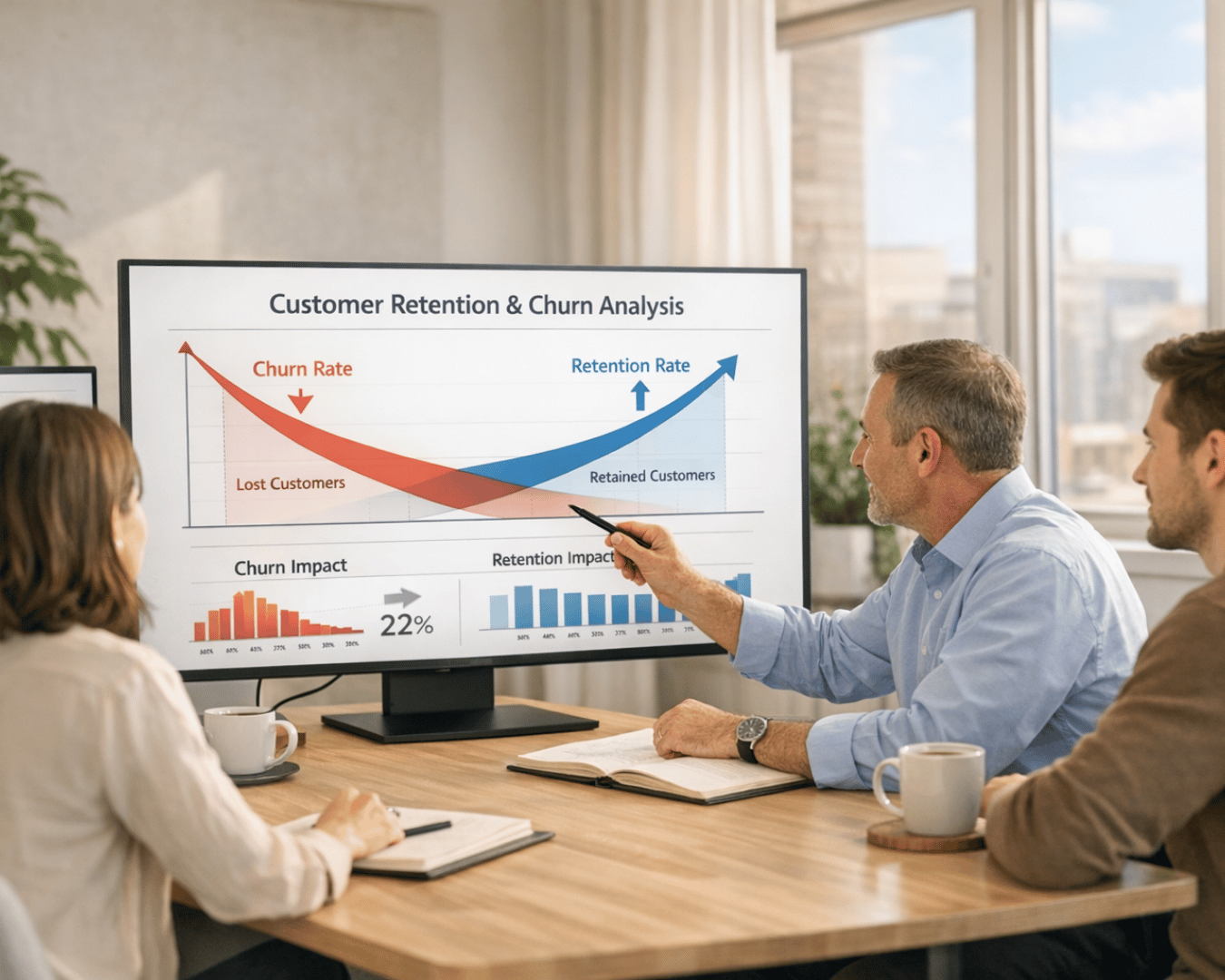










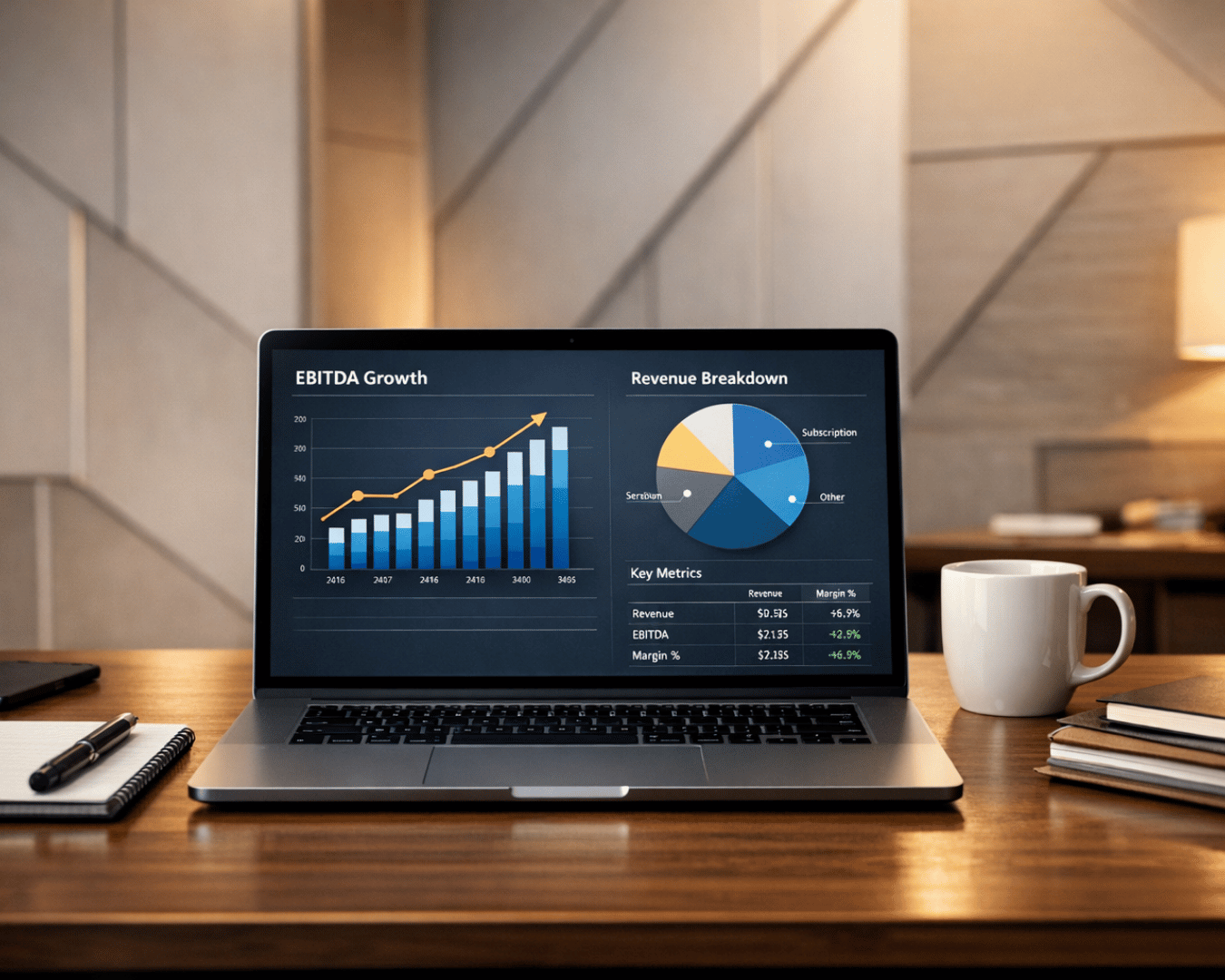










.png)
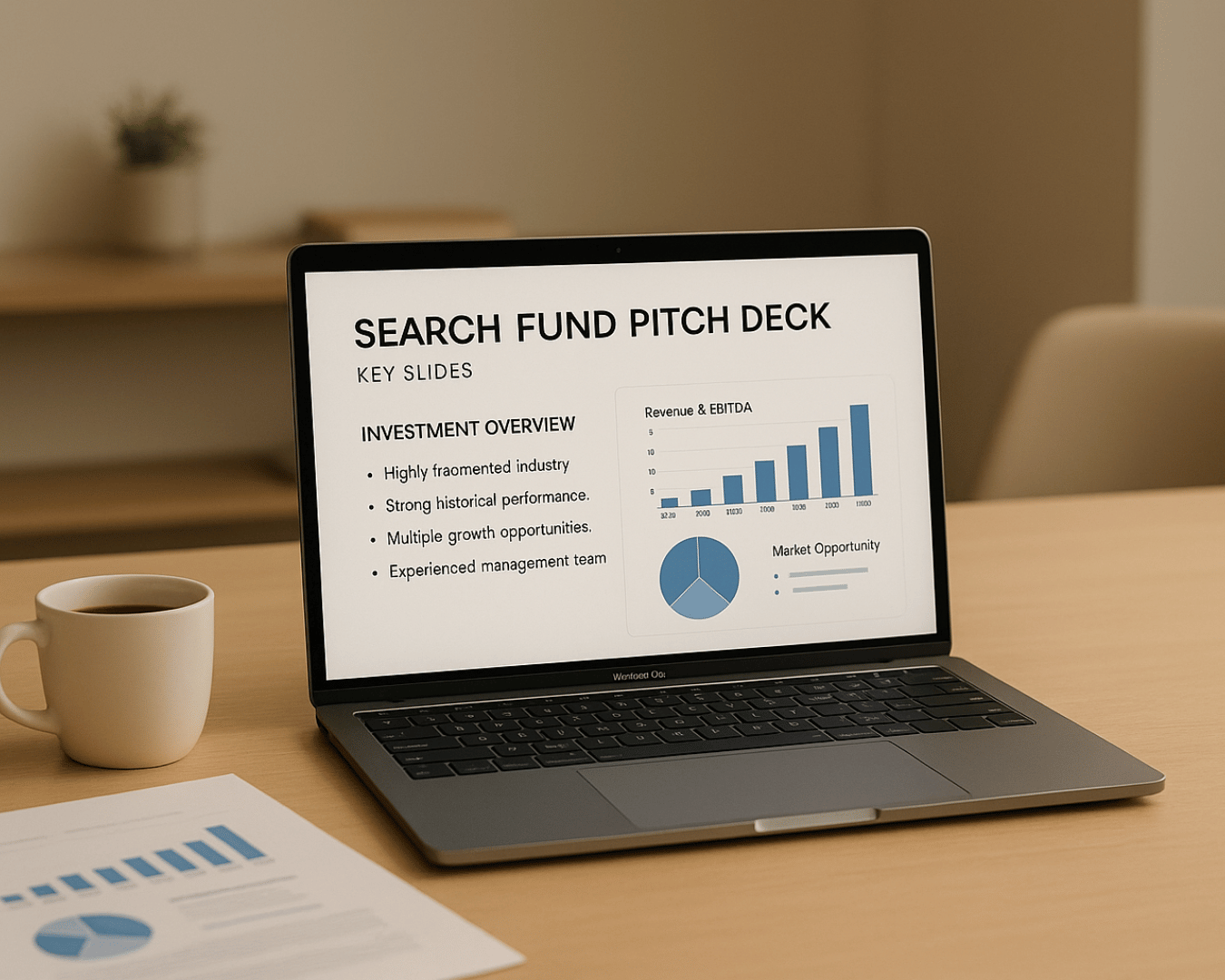

















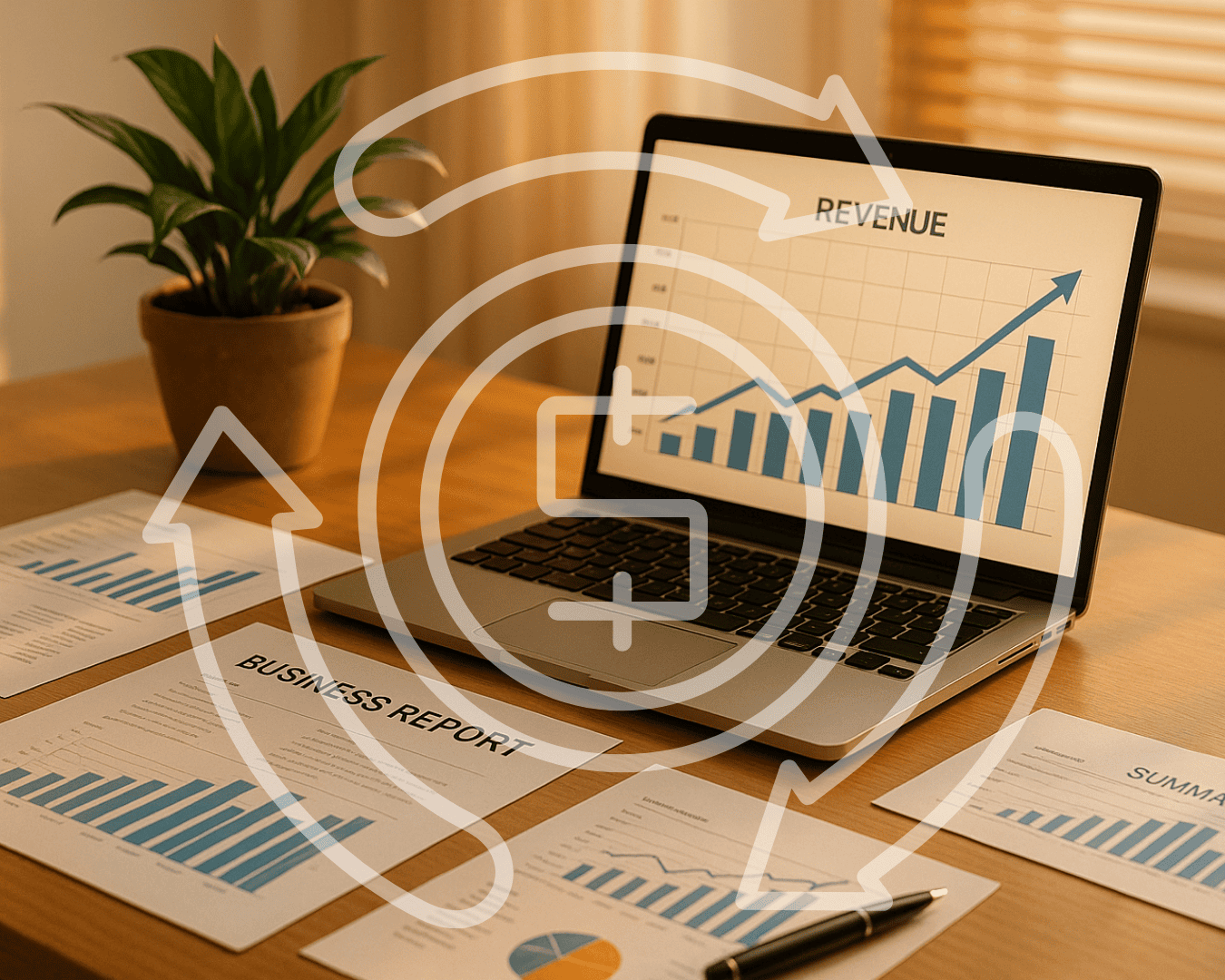




















.png)






